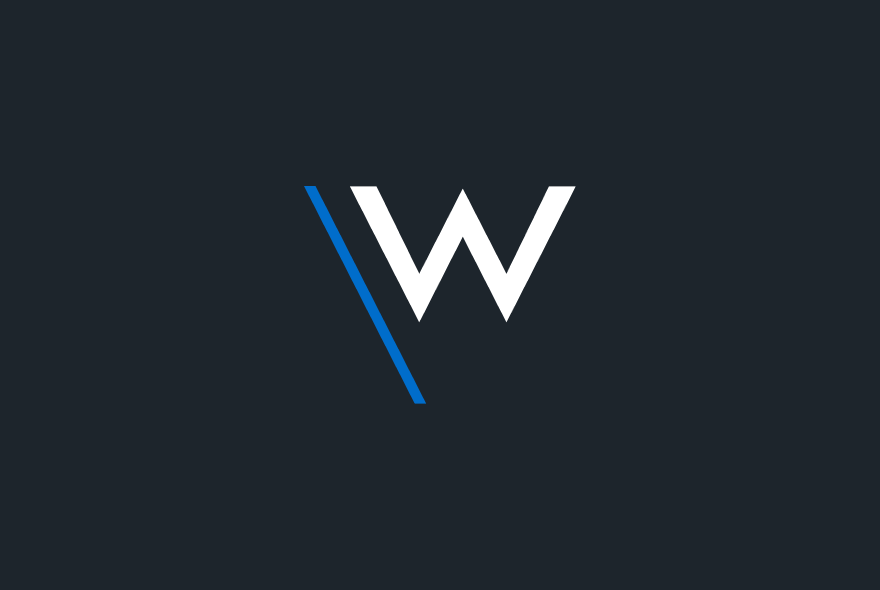Stay service-savvy
Get all the latest news and insights straight to your inbox.

Organisations of all kinds were already busy implementing digital transformation policies before the COVID-19 pandemic, and they will be accelerating those processes now.
Moving business-critical services to the cloud is a huge part of that. Applications that live in the cloud can be accessed from anywhere, at any time. They can be instantly scaled to meet demand and help businesses cut costs and save time by reducing their reliance on on-site infrastructure and CapEx expenditure.
It’s no surprise that IT strategies are increasingly based on the benefits of cloud computing. According to IDC, the UK spent $10 billion on cloud technologies in 2019, the third-highest total in the world.
In addition, a 2020 Gartner survey found that 47% of companies intend to invest in the Internet of Things (IoT) applications by 2023. Spending on cyber security and big data in the next couple of years will also be significant.
Cloud services will continue to drive demand for secure, reliable and, most importantly, high-bandwidth services.
We are at the starting gate of a new bandwidth revolution. As a business, you’ve probably pushed some services to the cloud already. There’s a good chance that you leverage video conferencing and Voice over IP (VoIP) tools. You may even be experimenting with AI, VR or IoT applications, or plan to soon.
Bandwidth requirements also grow when businesses connect new sites to their networks, or - as many are doing now – equip a growing number of remote users. Running seamless, scalable e-commerce platforms also requires fast, reliable and secure connectivity.
These factors are driving the need for higher bandwidth services. As businesses do more online, they are increasingly finding that their current connectivity isn’t up to the task. More and more companies also understand that higher bandwidths offer the freedom they need to experiment with a new generation of digital applications and services, without worrying about undermining day-to-day operations.

It’s important to make sure you have the bandwidth you need to meet both your current day-to-day requirements and your wider strategic objectives and future growth. The more services you intend to transfer to the cloud in the coming months or years, the higher your bandwidth needs will become.
We provide several connectivity options including Full-fibre FTTP broadband, FTTP Ethernet and high-performance Ethernet leased lines. Full-fibre FTTP (Fibre to the Premises) gives you ultrafast speeds of up to 1Gb that remain constant regardless of how far you are from the exchange. That’s a huge step up from slower FTTC (Fibre to the Cabinet) signals, which lose speed over distance.
We offer Full-fibre broadband in a wide range of speeds and bandwidths, so you get exactly the right connectivity for your needs. While full-fibre broadband provides shared access to the internet, FTTP Ethernet gives you a dedicated fibre line, meaning fewer fluctuations during peak times, and faster downloads.
For larger businesses with multiple sites or significant bandwidth requirements, we also offer leased lines with speeds of 10Gb and beyond, with symmetrical upload and download speeds, as well as scalable speeds that can grow with the operation.
Whatever the size of your business and the scope of your digital ambitions, we have the bandwidth you need. However, speed is only part of the equation. The freedom to experiment and innovate also requires rock-solid, always-on connections that won’t slow you down.
We know that in today’s hyper-competitive business environment, downtime isn’t an option. We work in partnership with BT because their core network boasts 99.999% availability. In addition, it has been engineered to never exceed 50% utilisation, so there’s always plenty of capacity to spare. This means that, as you grow, you can rest assured that your operations will remain online, and you can quickly scale bandwidth to meet new services and ways of working.
Organisations have higher expectations these days and put more demands on their networks. Your connectivity might act as a digital hub for a growing army of remote workers, who all require access to the latest cloud-based applications. You may need the same high-speed, resilient online access across multiple offices and sites. If you’re not experimenting with big data, AI or the IoT now, you might be soon.
You can trust us to support your digital transformation every step of the way. As your bandwidth requirements evolve, our connectivity portfolio will have the fast, secure and resilient services you and you need.
Get all the latest news and insights straight to your inbox.